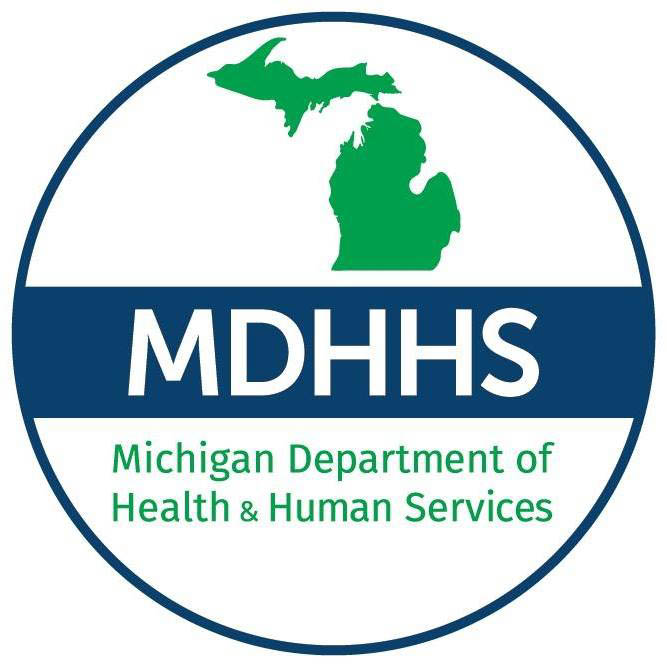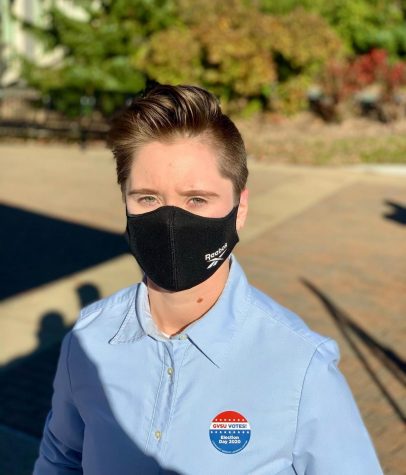MDHHS, Kent County bolster prevention initiatives in recognizing Overdose Awareness Day
Sep 21, 2020
For many, the subject of addiction is one that hits close to home. This month, the Michigan Department of Health and Human Services (MDHHS) has introduced several new initiatives to bolster drug rehabilitation and overdose prevention work in partnership with local municipalities like Kent County to provide resources like more overdose kits to emergency medical services (EMS).
In 2018, overdoses killed 2,599 Michiganders. Nearly 80% of those deaths involved opioids, continuing an epidemic that has devastated countless families. Overdose Awareness Day memorializes the individuals whose lives have been lost to an overdose and marks an occasion to offer support to the family, friends and communities impacted by this epidemic.
In Kent County, staff at the Health Department have been working with state and local officials to create even more support for those struggling with addiction. One such goal is to work on educating more people about the stigmatization of drug abuse and opioids.
Rachel Jantz, an epidemiologist with the Kent County Health Department, said that the misinformation about the opioid epidemic is rampant, and that compassion and understanding are needed to help people in need of serious assistance.
“Unfortunately, substance use disorder and people who use drugs are often stigmatized in our society,” Jantz said. “It is the confluence of these continued misconceptions about substance use and substance use disorder and harmful drug policies that create communities that are unsupportive of our family and friends who may need help. Recovery is possible, and we need to be there for our community because what affects one of us affects all of us.”
According to the 2016-2018 national survey on drug use and health data from the Substance Abuse and Mental Health Services Agency (SAMHSA), Michigan’s Region 3, which includes Kent, Allegan, Lake, Mason, Muskegon, Oceana and Ottawa counties, recorded an estimated 7.2% of the population with a substance use disorder in the past year. The state of Michigan average is 7.4%, and this includes meeting criteria for illicit drug or alcohol dependence or abuse.
More specifically, there was an average of 2.7% of the population reporting an illicit drug use disorder (this includes the misuse of prescription psychotherapeutics or the use of marijuana, cocaine and crack cocaine, heroin, hallucinogens, inhalants, or methamphetamine) and 0.6% reporting a pain reliever disorder in the past year, the state of Michigan averages 2.9% and 0.7%.
The Kent County Health Department sponsors the Kent County Opioid Task Force, which is a diverse group of stakeholders that are working on this issue locally. Dr. Ken Fawcett, Vice President of Spectrum Health Healthier Communities, and Rachel Jantz are the co-chairs of the task force. The group consists of representatives from health systems, academia, pharmacies, treatment providers, recovery programs, community mental health, law enforcement, non-profit community organizations and more. The task force is divided into three subcommittees – prevention, intervention, and treatment & recovery — all of which focus on a specific aspect of the opioid epidemic.
Statewide, the MDHHS, in partnership with EMS agencies, is launching the EMS Naloxone Leave Behind Program to address these urgent needs and get naloxone into the hands of people who need it most. This program will allow first responders to leave behind extra naloxone kits with the patient, family and friends, or bystanders at the scene of a non-fatal overdose. Survivors are at high risk for repeated overdoses, so providing naloxone to these individuals and their loved ones is particularly important. Each kit will include naloxone and instructions on overdose response. Michigan’s EMS providers have been carrying and treating overdoses with naloxone for more than 30 years, according to the Michigan Association of Ambulance Services (MAAS).
The state has been increasingly helpful in the support it has given to local communities, including increasing the number of syringe service programs in the state, deploying a statewide stigma reduction campaign, enhancing overdose surveillance support, providing naloxone and increasing technical assistance and transparency in communication.
Jantz expressed that while these new programs and initiatives are helping, there is still much work to be done in terms of regulations and laws that can help the community even further with issues surrounding addiction. She said that including those who know the struggles of addiction in conversations about how to help make positive change is incredibly important as well. Jantz’s suggestions for easy things you can do to help personally are to carry a naloxone kit, which you can find at your local pharmacy or at the Grand Rapids Red Project, and talk to your friends and family if you think they might be struggling with substances.
“I would like to continue to see the inclusion of people who use drugs in conversations around grant dollars and policy changes, as these are the individuals who are most affected by these initiatives,” Jantz said. “We need to make sure we are not perpetuating stigma by not providing an opportunity for our community to give voice to these issues. During the pandemic, the conversation around this issue has fallen to the wayside while our communities are seeing an increase in drug overdoses, perhaps directly related to pandemic isolation. Just as we have come together as a community to look out for each other by social distancing and wearing masks, there are things we can do to be there for each other regarding substance use disorder and overdose as well.”
If you or someone you know is looking for treatment or recovery options, you can visit MIRecovery.org to find community resources. Additional resources can be found at the Drug Helpline – a 24/7 drug and alcohol hotline, at (844) 289-0879 or [email protected].
























